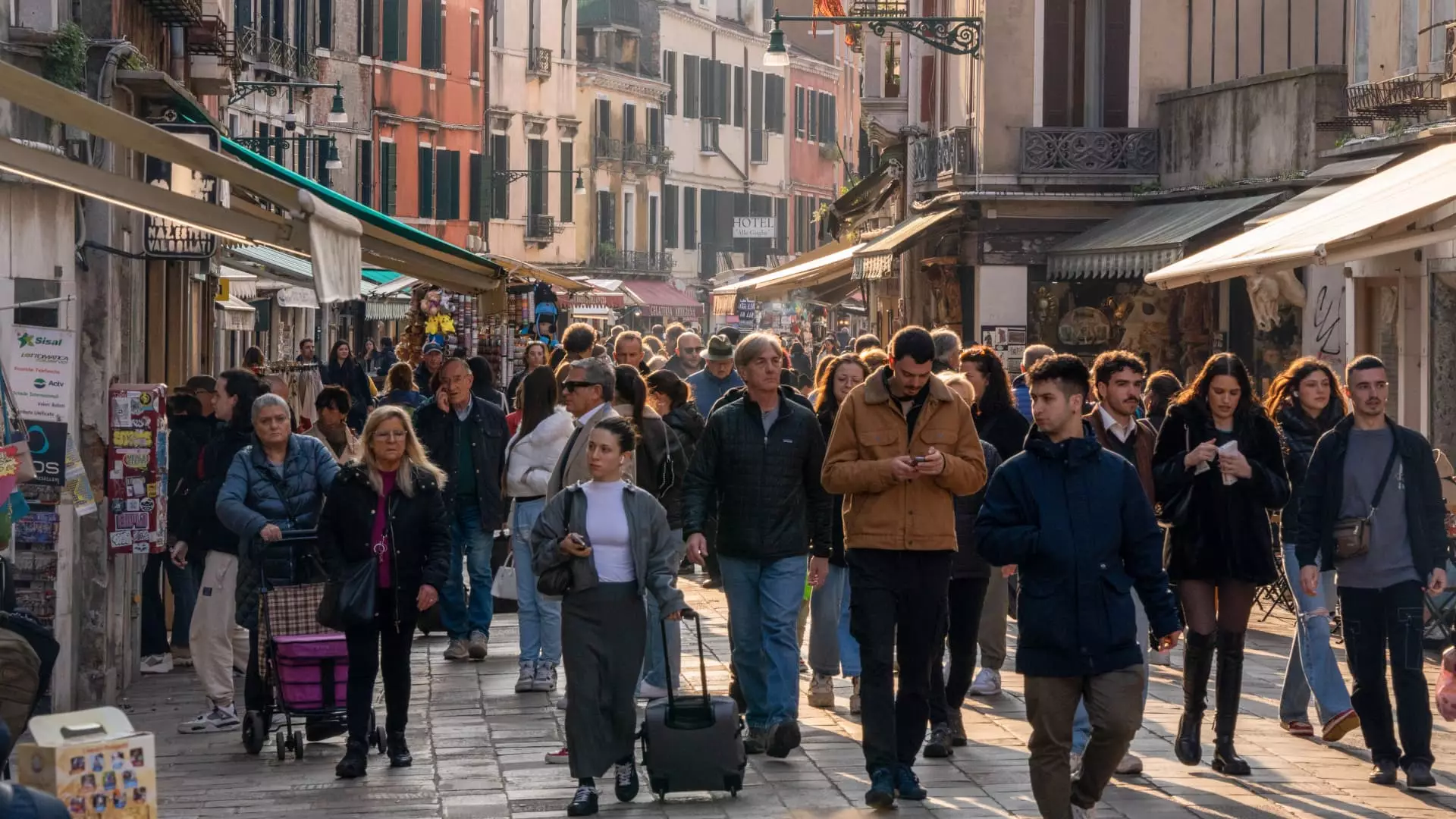The picturesque town of Bellagio, located on Lake Como in Italy, is grappling with the negative consequences of overtourism. Boat drivers, who rely on tourists for their livelihood, have been vocal about the challenges posed by the massive influx of visitors. The narrow two-lane roads are unable to accommodate the heavy traffic, resulting in significant delays and frustrations for both locals and tourists. The situation is further aggravated by the increasing size of vehicles, making navigation even more challenging.
Italy, like many other popular tourist destinations, heavily relies on tourism as a significant contributor to its GDP. With an estimated 60 million tourists flooding the country last year, the economic benefits are undeniable. However, the overwhelming number of visitors is straining the infrastructure and resources of popular destinations like Venice, Milan, and Lake Como. The problem of “too many tourists” has led to concerns about the preservation of historical sites and the overall visitor experience.
One of the unexpected challenges arising from the tourism boom in Italy is the shortage of staff in the hospitality and service sectors. Hotels, restaurants, and beaches are facing difficulties in finding qualified personnel to meet the increasing demand. From chefs and waiters to seasonal workers, the lack of manpower is hindering the quality of service provided to tourists. This shortage is particularly acute in regions like Marche and Sardinia, where thousands of workers are needed to support the growing tourism industry.
While Italy remains an attractive destination for tourists seeking affordable luxury, the cost of living in popular cities like Milan is gradually increasing. Despite the relative affordability of food and beverages compared to other major cities, the overall expenses for tourists can add up quickly. Dining at renowned establishments or staying at luxury villas like Villa La Cassinella can come with a hefty price tag. Even transportation, including taxi services, can be expensive due to limited options and regulatory restrictions on ride-hailing services like Uber.
The presence of ride-hailing companies like Uber has further complicated the transportation landscape in Italy. While traditional taxi drivers have expressed concerns about losing business to these tech-based services, regulatory restrictions have limited the operation of Uber in the country. Only licensed taxi and limo drivers are allowed to provide transportation services, resulting in higher costs for consumers. The ongoing debate between traditional taxi drivers and ride-hailing companies underscores the regulatory challenges faced by Italy in addressing the needs of both tourists and local residents.
Italy is at a crossroads when it comes to managing the impact of overtourism on its economy, infrastructure, and labor market. While the country benefits from the significant revenue generated by tourism, the strain on resources and services is becoming increasingly evident. Addressing the challenges of overtourism will require a balance between promoting tourism growth and preserving the cultural and environmental heritage that makes Italy a unique and sought-after destination.

